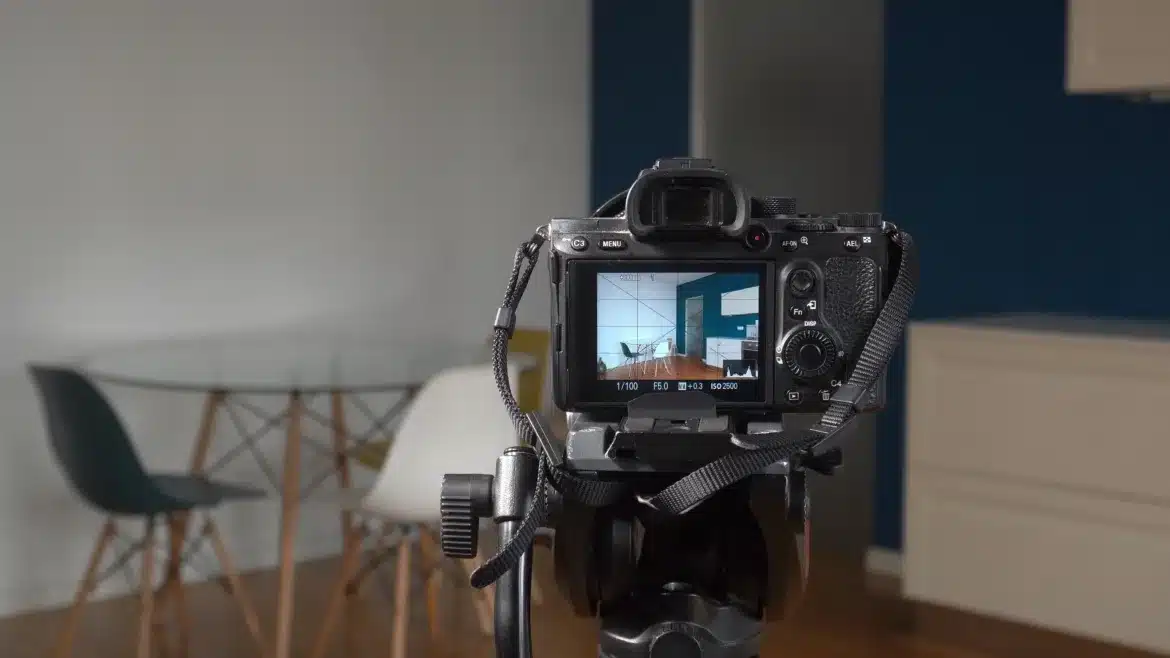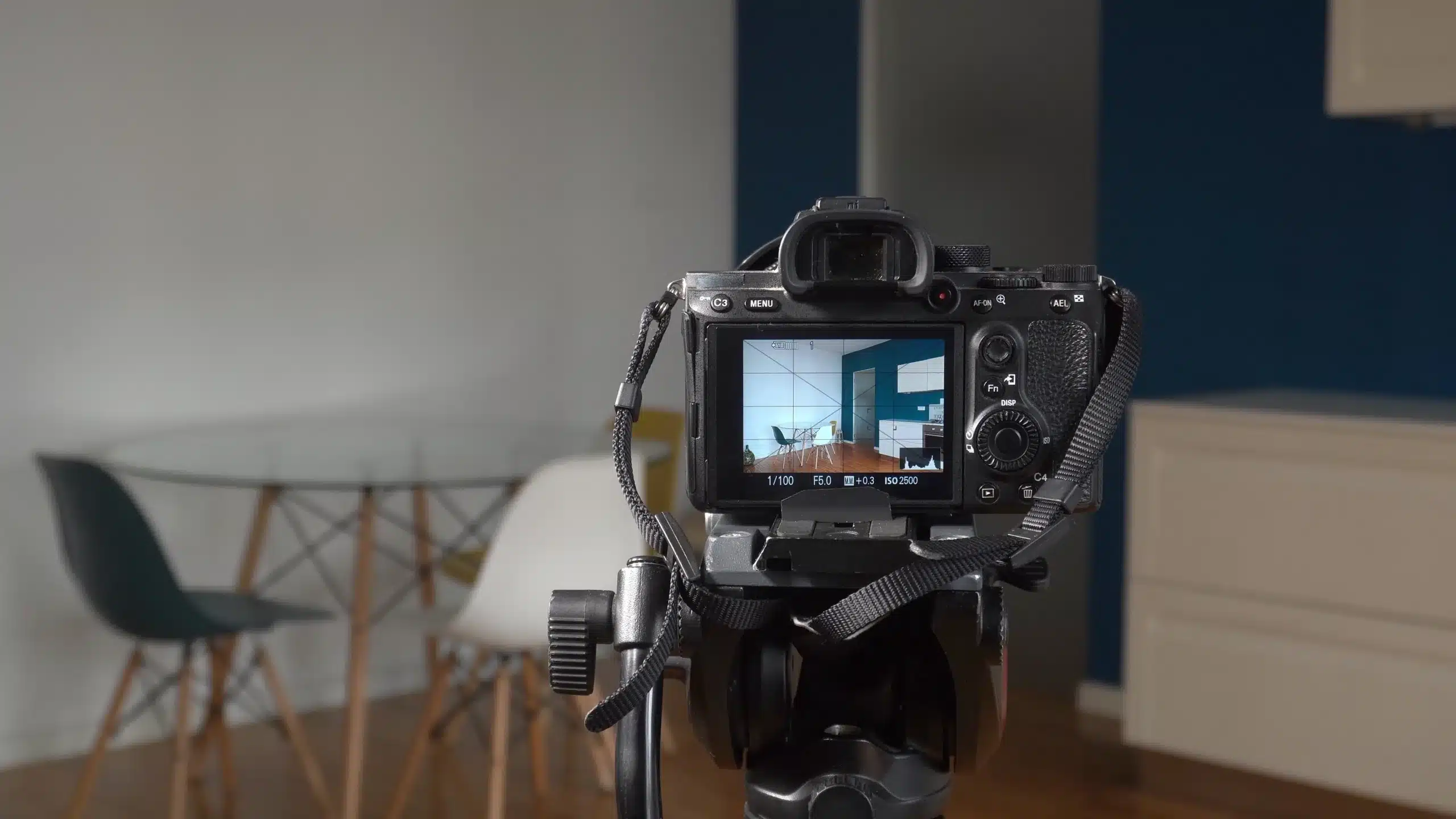Photography is a language that speaks to the soul of those who gaze upon its images. And when you combine the art of photography with the majesty of architecture, you create a visual symphony that resonates deeply within the viewer. Capturing the grandeur, symmetry, and intricate details of architectural wonders is an art form in itself—one that requires a keen eye, a sense of perspective, and of course, technical finesse. If you’re an aspiring photographer looking to hone your architectural photography skills, this in-depth guide is crafted just for you.
In the world of photography, architecture is a unique subject; it demands precision and the right approach to highlight the characteristics of a building. Whether you’re shooting the neoclassical columns of a government building or the sleek lines of a modern skyscraper, there are several key factors to consider. Understanding and implementing these tips will not only elevate your photographic prowess but will also allow you to tell compelling stories through your images.
Understanding the Essence of Architectural Photography
The Merge of Art and Function
Architecture photography is about more than just photographing buildings; it’s about telling a story of human creativity, progress, and the passage of time. It’s an intersection where the creative vision of the architect meets the skill of the photographer.
The goal of architectural photography is to capture the essence of a structure. This includes its design, scale, texture, and the way it interacts with its environment. A successful architectural photograph should convey the feeling one gets when standing before the building itself, almost as though the viewer is experiencing its grandeur first-hand.
Honing Your Observation Skills
Before you even lift your camera to take a photo, you need to observe your subject. Study the lines and shapes of the building, its relationship to the sky and surrounding structures, and the way light interacts with the design. Don’t rush this stage; the more time you spend observing, the clearer your vision for the photograph will become.
Observation should become second nature to you, allowing you to immediately identify the best vantage points and lighting conditions for a shot. Over time, this acute sense of observation will enable you to capture the most unique and compelling aspects of any architectural scene.
Gear and Technical Considerations
Choosing the Right Equipment
When it comes to architectural photography, the right gear can make all the difference. Here’s a quick overview of the essential equipment for this niche:
- Camera: A DSLR or mirrorless camera with manual controls is preferred for the flexibility it offers. High resolution sensors are beneficial for capturing details, especially in close-up shots.
- Lenses: Wide-angle lenses are commonly used to capture the entirety of large structures, while telephoto lenses are great for detail shots and compressed perspectives.
- Tripod: A stable tripod is essential for long exposures to avoid camera shake. It’s also useful for the precise framing and composition that architectural photography requires.
- Filters: Polarizing and neutral density filters can help manage reflections and balance the exposure, particularly when shooting during the day.
Mastering Exposure and Focus
For architecture photography, depth of field (DOF) plays a crucial role in keeping the entire structure in focus. Shooting at smaller apertures (higher f-stop numbers) is generally preferred to achieve a greater DOF. However, be mindful of diffraction, which can reduce overall sharpness at very small apertures.
When it comes to exposure, the dynamic range of architectural scenes can be quite large, especially if you’re shooting against the light. Using graduated neutral density filters can help balance the exposure between the sky and the building’s interior or shaded areas.
Composition and Framing
The Golden Ratios and Rules of Thirds
Composition is key in any form of photography, and architectural photography is no exception. Familiarize yourself with the rule of thirds and the golden ratio to guide your compositions. Placing key elements of the building at these intersection points or along these lines can often lead to a more aesthetically pleasing image.
When the rule of thirds or the golden ratio doesn’t quite fit, consider the building’s lines and angles. They can be incredibly powerful compositional tools, guiding the viewer’s eye through the photograph and emphasizing the structure’s design.
The Power of Perspective
The perspective from which you shoot can dramatically affect the impression of the building. Shooting from eye level can be powerful, especially for conveying a sense of scale. However, don’t be afraid to change your perspective. Shooting from low or high angles can add drama and a unique viewpoint to your photographs.
Use architectural elements as natural frames within the frame. Doorways, windows, and arches can all work to contain your subject and draw the viewer’s attention to the building itself.
Light and Weather
The Influence of Light on Architecture
Light is arguably the most critical element in architecture photography. The right light can bring out the textures and details of a building, while the wrong light can flatten the image and make it uninteresting. Consider the direction of light and its quality when determining the best time to photograph a building.
Golden hours, shortly after sunrise and before sunset, offer warm and soft light that can enhance the beauty of architectural elements. If you’re aiming for a more dramatic effect, shooting during the blue hour—just before sunrise or after sunset—can provide a magical, ethereal quality to your images.
Working with Mist and Fog
Mist and fog can add an atmospheric dimension to your architectural photography. They can soften the harsh light, reduce contrast, and emphasize the building’s outline. Use this weather to your advantage, but also be prepared to adjust your exposure settings to avoid overexposing the scene.
Alternatively, capturing a building in the rain can create interesting reflections and a sense of liveliness. Just be sure to protect your equipment from the elements.
Post-Processing and Presentation
The Role of Post-Processing
Post-processing is where the magic happens in architectural photography. This is your chance to fine-tune the exposure, contrast, color balance, and more, ensuring that the final image truly reflects the vision you had when you pressed the shutter.
Software like Adobe Lightroom and Photoshop are popular tools for post-processing. They offer a multitude of options for editing, from simple exposure adjustments to intricate compositing work.
Showcasing Your Work
Once you’ve perfected your images, the final step is to showcase them. Whether you’re sharing photos on social media, creating a portfolio, or submitting to galleries, remember that presentation can greatly influence how your work is perceived.
Print your best images on high-quality paper, or make sure your digital display is color-calibrated to accurately represent your photographs. Invest time in organizing your portfolio, so each piece tells a part of your architectural photography story.
Final Thoughts
Mastering architectural photography is a lifelong endeavor. It requires a mix of technical skill, artistic vision, and a deep understanding of the subject. This guide is a starting point, but the true path to mastery involves practice, exploration, and learning from both your successes and your failures.
Challenge yourself to take on new projects, visit new places, and push the boundaries of what you think is possible. There’s a whole world of architectural beauty waiting to be captured through your lens, so go out there and tell the stories that only architectural photography can convey.



